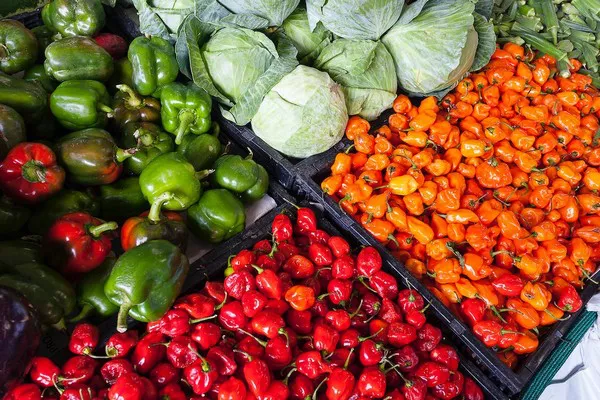South African households are grappling with mounting challenges as the cost of essential staples, including maize and rice, reaches unsustainable levels, according to a recent food price survey.
The Household Affordability Index, conducted by the Pietermaritzburg Economic Justice and Dignity Group (EDJG), analyzed food price data from 47 supermarkets and 32 butcheries across several South African cities, including Johannesburg, Durban, Cape Town, Pietermaritzburg, Mtubatuba, and Springbok.
In August 2023, the survey revealed that the average cost of a household food basket had surged to R5,124.34, marking a substantial increase of R348.75 (7.3%) from August 2022 when it stood at R4,775.59. Additionally, there was a month-on-month rise of R42.40 (0.8%) from July 2023 when the basket cost R5,081.94. Notably, Springbok, Mtubatuba, Johannesburg, and Durban were identified as having the highest food prices.
Across all surveyed regions, the cost of the food basket had risen annually, as indicated below:
– Johannesburg: An increase of R327.28 (6.7%) to R5,215.79.
– Durban: A rise of R261.62 (5.4%) to R5,069.40.
– Cape Town: A surge of R437.40 (9.5%) to R5,062.03.
– Springbok: An increase of R447.72 (9.1%) to R5,380.03.
– Pietermaritzburg: A rise of R259.81 (5.6%) to R4,930.14.
– Mtubatuba: An increase of R351.80 (7.2%) to R5,223.79.
Certain foods experienced significant price hikes in August, including rice (5%), butternut (9%), apples (8%), and oranges (8%). Other items that saw price increases of 2% or more included white sugar (4%), samp (3%), potatoes (2%), frozen chicken portions (3%), stock cubes (2%), tea (3%), boerewors (3%), spinach (2%), Cremora (3%), bananas (4%), peanut butter (3%), and white bread (4%).
The report emphasized that core staple foods, crucial for ensuring families do not go hungry, remained “stubbornly high” in price. These staples include maize meal, rice, cake flour, white sugar, sugar beans, samp, cooking oil, salt, potatoes, onions, frozen chicken portions, curry powder, stock cubes, soup, tea, and bread (both brown and white).
In August, the cost of these essential items amounted to R2,826.37 in the average household basket, leaving limited resources for nutritious foods like meat, eggs, and vegetables.
Mervyn Abrahams, the coordinator of the EDJG program, explained that these core staples consume a significant portion of household budgets, regardless of price increases. Over the past year, the cost of these staples had risen by R201.44 or 7.7%.
Abrahams emphasized the impact of high staple prices, stating, “The high cost of core staple foods results in a lot of proper nutritious food never reaching the family plate. This has negative consequences for household health and well-being, child development, and the ability to resist illness.”
The survey also highlighted the rising cost of rice, partly attributed to India’s global non-basmati rice export ban. Although South Africa predominantly imports rice from Thailand (76.5%), Indian imports account for 19.1% of the total.
Abrahams noted that rice is a core staple and the second most important starch in South African households after maize meal. Its consistent demand makes it relatively inelastic to price increases, as people continue to purchase it even when prices rise. This is due to rice being quick to cook, energy-efficient, and more resilient to load-shedding interruptions compared to maize meal.
The report stressed the importance of closely monitoring rice prices to prevent price gouging and maintain fair pricing, as it is a vital core staple for most South African households.
The EDJG report concluded that it was in the best interest of businesses and consumers to keep staple food costs low, as increasing prices would lead to reduced profits for food producers, manufacturers, and retailers, given the constrained purchasing power of South African consumers.

